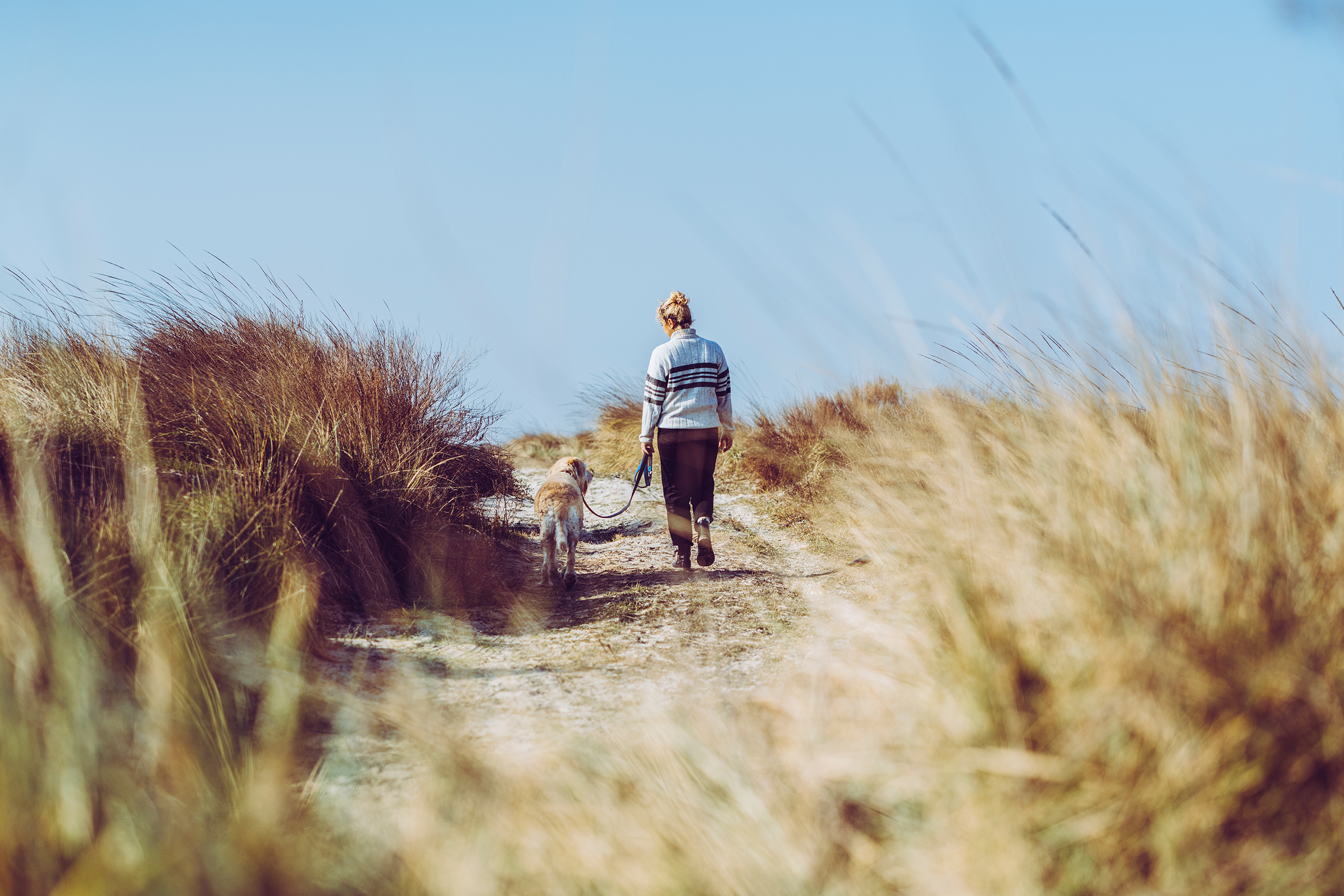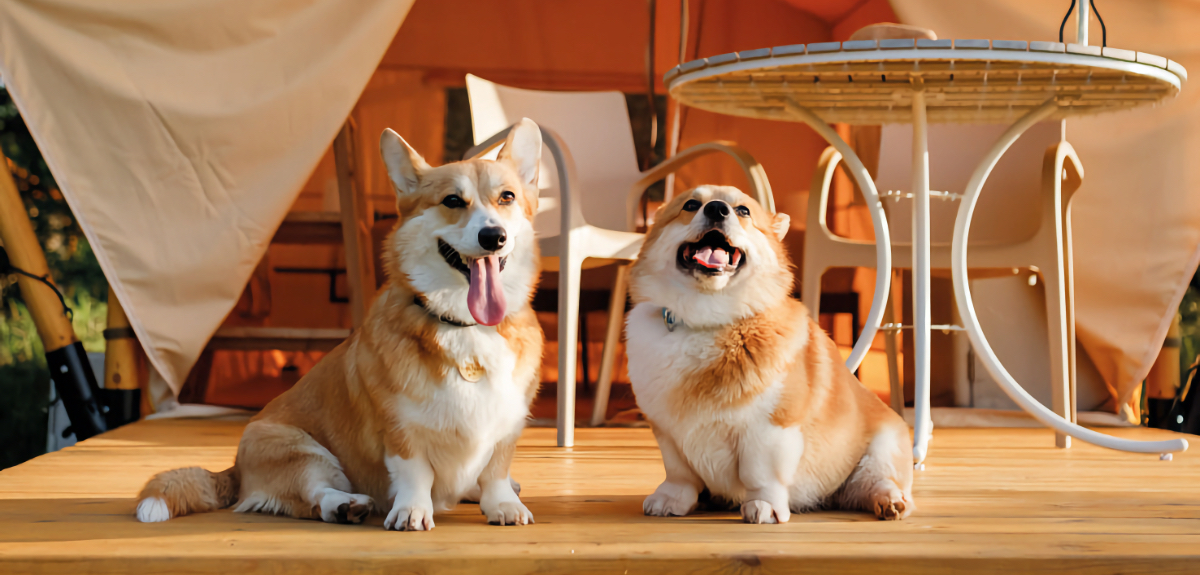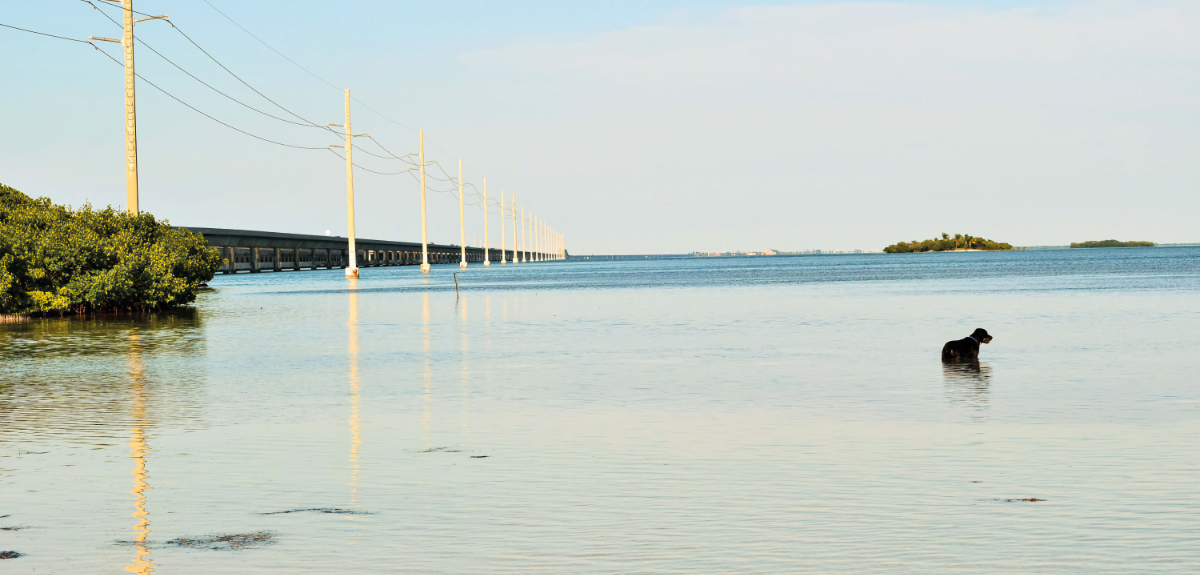Keeping Your Pets Safe and Healthy While Living on the Road
Your Travel Companions Need to Stay Healthy, Too
Image Caption: Image from Unsplash
Loading the family up into an RV and hitting the road feels great. But leaving Fido behind, whether with a pet sitter or boarding him, feels like leaving behind a member of the family. There’s nothing quite as nice as taking your pooch for a nice, long walk in the middle of whatever park you’re RVing in at the moment.
That said, RVs aren’t always the most comfortable place for animals, especially when you’re driving. While your pets may not be made for a lot of road travel, there are plenty of ways to help them adjust and still be perfectly happy.
Below are some tips and suggestions for keeping your favorite furry friends healthy while living on the road—whether it’s a short stint for a vacation or a brand new life on the road.
Don’t Let Your Pets Roam
This is specifically related to while you’re traveling, but you shouldn’t allow your pets to roam around in the RV while you’re in motion. If you’re hauling a trailer, keep your pets up in the cab of the vehicle with you, so you can check on them as necessary.
If you’re in a coach, keep a collapsible crate handy where you can keep them stowed away. The shifting and pitching of a moving RV makes it very difficult for an animal to stay on their feet, and bumping into things and falling over could hurt them.

Image from Unsplash
The same goes for when you’ve set up camp. Most campgrounds are going to require that you keep your pets leashed anyway, but it’s as much for their safety as it is for other campers’. Most parks where you’ll camp have wild animals around that could hurt your pets. Keep them on a lead at all times, or safely inside the RV with you.
Keep Your Pets’ Records On Hand
Should an emergency arise and you need to take your pet to a veterinarian while you’re traveling, they’ll want to know your animals’ medical history so they can best diagnose and treat the issue.
This includes vaccination records, proof of ownership (the tags on a collar should always have the most up-to-date information), and even photographs of your animal.
Get Some Exercise
A life on the road can get tiresome, only because of all the sitting required while you’re driving. It’s tough on you, and as you can imagine, it’s difficult on your pet too. Start incorporating regular exercise into your travel itinerary.
Whether it’s stopping every two or three hours for a nice stretch and a walk, or just going for a really solid hike once you’re at your destination, you and your animal both will benefit from the extra exercise.
Be Careful When Leaving Your Pet Alone
No matter what, at some point, you’re going to have to leave your pet alone in the RV. This is normally a pretty safe thing to do, but there are a few precautions you’ll want to take.
Always consider temperature before leaving your pet unattended. The temp inside an RV can easily top out over 100 degrees, and that’s no fun for Fido. Alternatively, RVs can cool down very quickly in colder weather. Ideally, try to leave your air conditioner or heater on if you need to leave them for a lengthy period of time. And, just like at home, always leave your pet with plenty of water.

Image from Unsplash
You may also consider leaving some kind of noise machine on, whether it’s white noise, the radio, or the TV. The noise of these machines can help drown out the sound of a chaotic campground, which will likely drive your dog nuts. The more anxious they get and the more they bark, the more likely they are to overheat or just be uncomfortable in general.
Carpet on Your Steps
This is a simple fix that can make a big difference for your dog (or cat). The fold-down steps to your RV probably have some kind of non-slip material (like grip tape that feels like fine-grit sandpaper) to help prevent you from slipping as you climb the stairs.
This works great for humans wearing shoes but isn’t always easy for a dog to climb. Consider putting some indoor/outdoor carpet (like you might find on the deck of a boat) to provide a little more traction for your dog.
Camp-to-Camp Precautions
Every camp is going to be a little different. That even means water. The water at every site will be treated differently and can wreak havoc on your animal’s digestive system, leading to gastrointestinal distress.
Bring bottled water along to keep your pet’s water consistent. You can even fill up large five-gallon jugs at most grocery stores for less than a dollar a gallon.

Image from Unsplash
Each site will also have its own things to watch out for. For example, if you’re near water, you may come across a lot of geese—and with them, lots of goose droppings. Your dog may be inclined to eat this, for whatever reason, but that’s definitely not healthy for them. Keep an eye out for other animals or steep climbs that could potentially injure a pet.
Dealing with Animal Anxiety
From having their daily routine interrupted to a general lack of structure, to being left alone in strange places, there’s a good chance that even the calmest of dogs can deal with some anxiety.
Talk to your vet about ways to handle it. An over-the-counter medication could help calm them down.
Thunderstorms will also be something to consider. If a nasty bout of thunder gives your pup the shakes, it’s even worse in an RV. Consider a thunder jacket or a comfortable blanket that will help them stay calm.
There are plenty of ways to hit the road and keep your dog or cat perfectly happy and healthy. It just takes a little extra planning, precaution, and a few stops along the way to play fetch.





